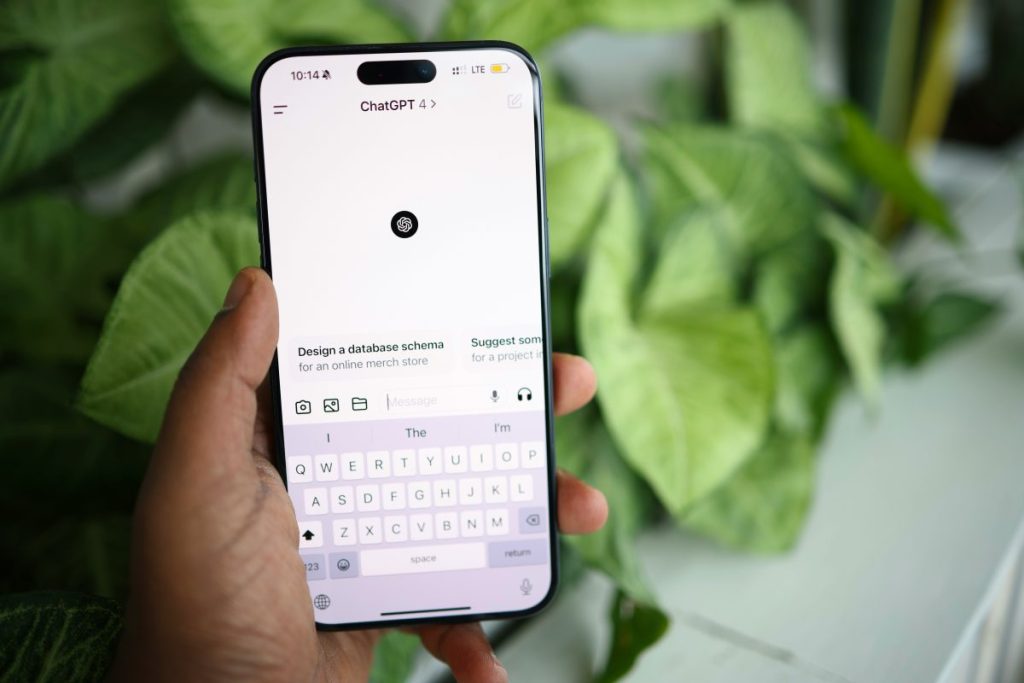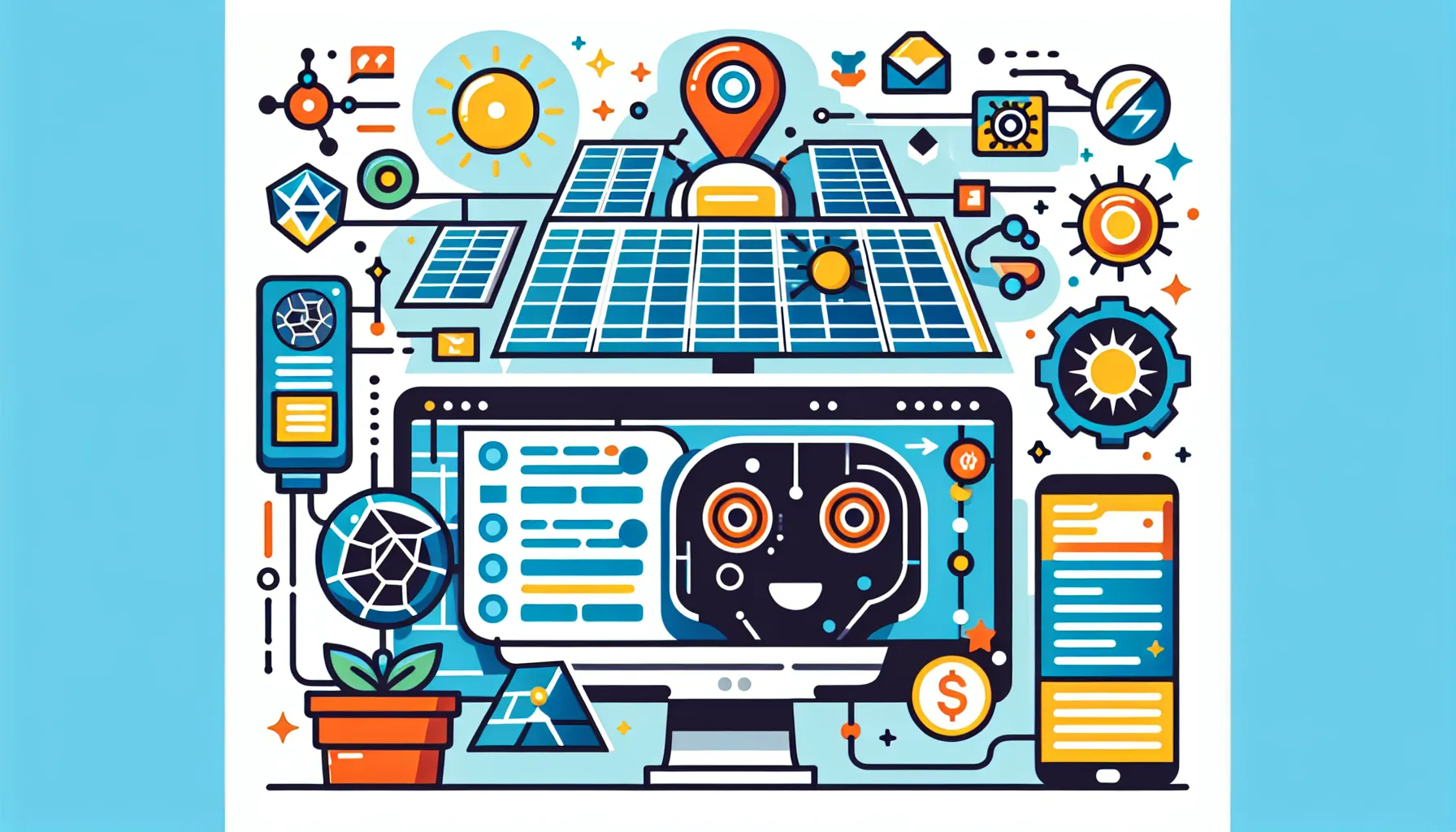In this comprehensive guide, we’ll walk through the process of creating an advanced lead generation custom GPT using the OpenAI Assistants API. This powerful tool can be integrated into any website and is designed specifically for solar companies. By the end of this tutorial, you’ll understand how to build custom GPTs with the Assistants API, implement powerful custom actions, and deploy them on websites to generate real value for businesses.
Understanding the Difference: Chat GPT Builder vs. Assistants API
Before diving into the build process, it’s crucial to understand the distinction between creating GPTs on the Chat GPT website and using the Assistants API:
- Chat GPT Builder: These GPTs are confined to the Chat GPT interface and cannot be easily integrated into external applications or websites. They are primarily designed for personal use and consumer engagement.
- Assistants API: This approach allows businesses to create GPTs that can be integrated into any application, website, or voice assistant. It offers far more flexibility and potential for creating value in real-world business scenarios.
Overview of the Lead Generation Chatbot
The chatbot we’re building has three main functionalities:
- Answering questions about solar panels and related topics using a knowledge base
- Calculating potential solar savings based on user input
- Capturing lead information for follow-up
The Three Ingredients Concept for Creating GPTs
Our approach to building this GPT revolves around three key components:
- Prompting: Instructions for the GPT on how to behave, respond, and use its knowledge and tools
- Knowledge: A document containing information about solar for single-family homes
- Actions: Custom functions for calculating solar savings and capturing lead information
Technology Stack
To create this assistant, we’ll be using the following technologies:
- OpenAI Assistants API
- Google Solar API and Geocoding API
- Replit for hosting
- Voiceflow for the front-end interface
Setting Up the Development Environment
To begin, you’ll need to set up your development environment:
- Fork the provided Replit template
- Set up a Google Cloud account and enable the necessary APIs
- Create an Airtable base to log leads
- Obtain API keys for OpenAI, Google Cloud, and Airtable
Building the Custom GPT
The core of our custom GPT is built using Python and the OpenAI Assistants API. Here’s an overview of the key components:
- main.py: Contains the main endpoints for chat and starting conversations
- functions.py: Includes specific functionality like creating leads and calculating solar savings
- prompts.py: Stores the instructions for the assistant
Integrating with Voiceflow
Voiceflow is used to create the user interface for our chatbot. The process involves:
- Importing the provided Voiceflow template
- Configuring the URLs to point to your Replit instance
- Setting up the conversation flow
Deploying to a Website
Once the chatbot is built and tested in Voiceflow, you can deploy it to any website by:
- Copying the provided script from Voiceflow
- Adding the script to the HTML of your target website
Testing and Debugging
It’s crucial to thoroughly test your chatbot to ensure all functionalities are working correctly. Use the provided print statements in the Replit code to debug and understand the flow of information between different components.
Scaling for Production
For production-grade deployment, consider using Replit’s deployment options to ensure your application can handle increased traffic and remain consistently available.
Frequently Asked Questions
Q: What are the main advantages of using the Assistants API over the Chat GPT Builder?
The Assistants API offers greater flexibility and integration capabilities, allowing businesses to incorporate custom GPTs into their own applications, websites, and services. This makes it more suitable for creating tailored solutions for specific business needs.
Q: How does the knowledge base work in this custom GPT?
The knowledge base is a document containing information about solar panels and related topics. The GPT uses this information to answer user queries accurately. It can be easily updated or replaced to keep the information current.
Q: Can this lead generation chatbot be customized for other industries?
Yes, the core structure of this chatbot can be adapted for various industries. You would need to modify the knowledge base, custom actions, and prompts to suit the specific needs of the target industry.
Q: What are the cost implications of running this type of custom GPT?
Costs primarily come from API usage (OpenAI, Google Cloud) and hosting. While development costs are relatively low, you should monitor usage as it scales to ensure it remains cost-effective for your business.
Q: How can I ensure the security and privacy of user data collected through this chatbot?
Implement proper data handling practices, use secure connections (HTTPS), and ensure compliance with relevant data protection regulations. Store sensitive information securely and provide clear privacy policies to users interacting with the chatbot.









